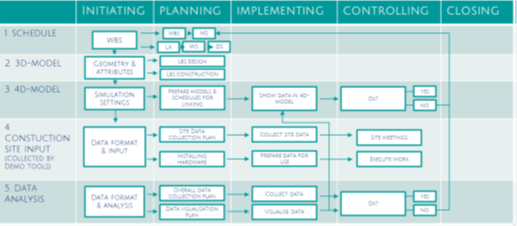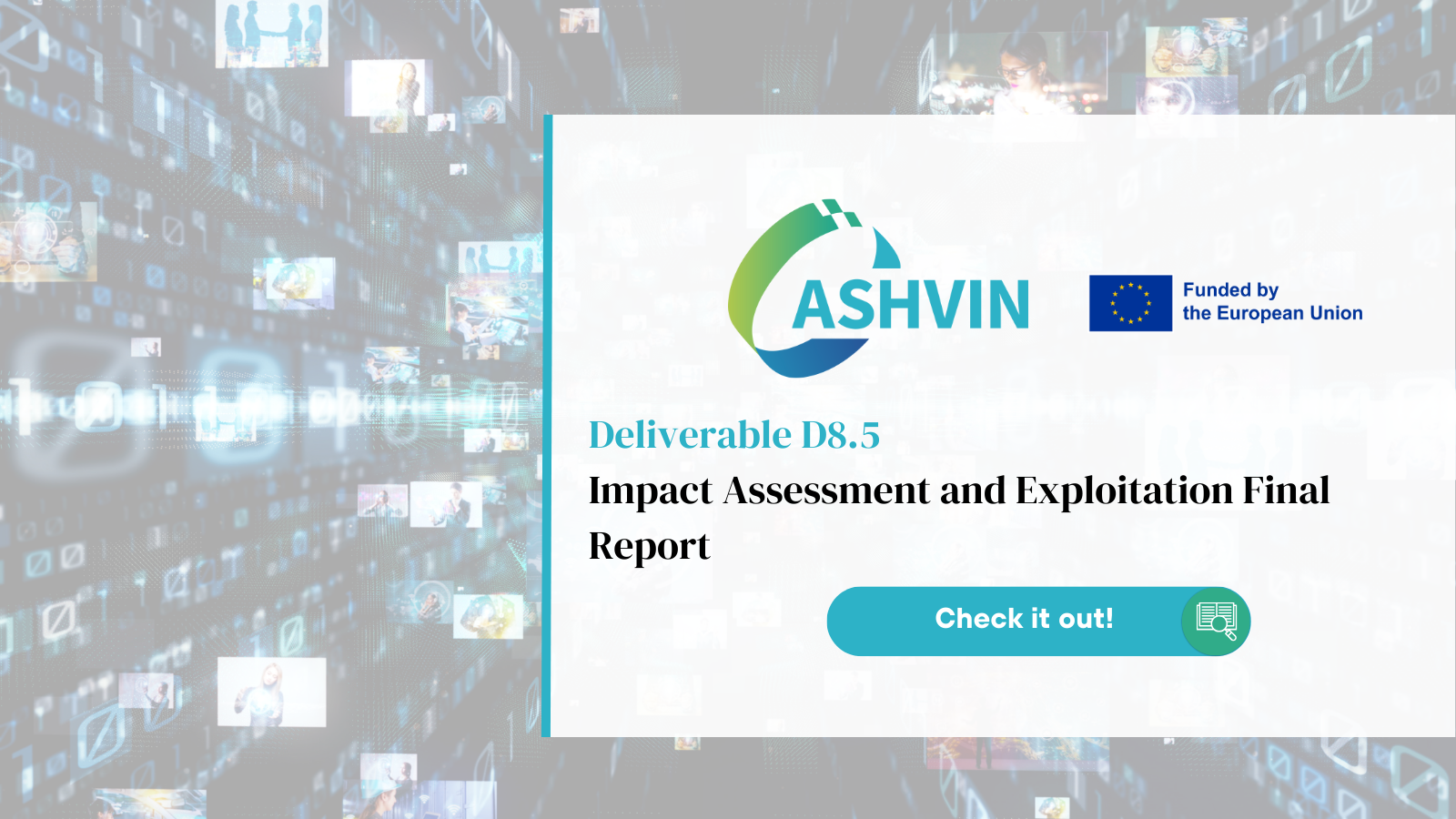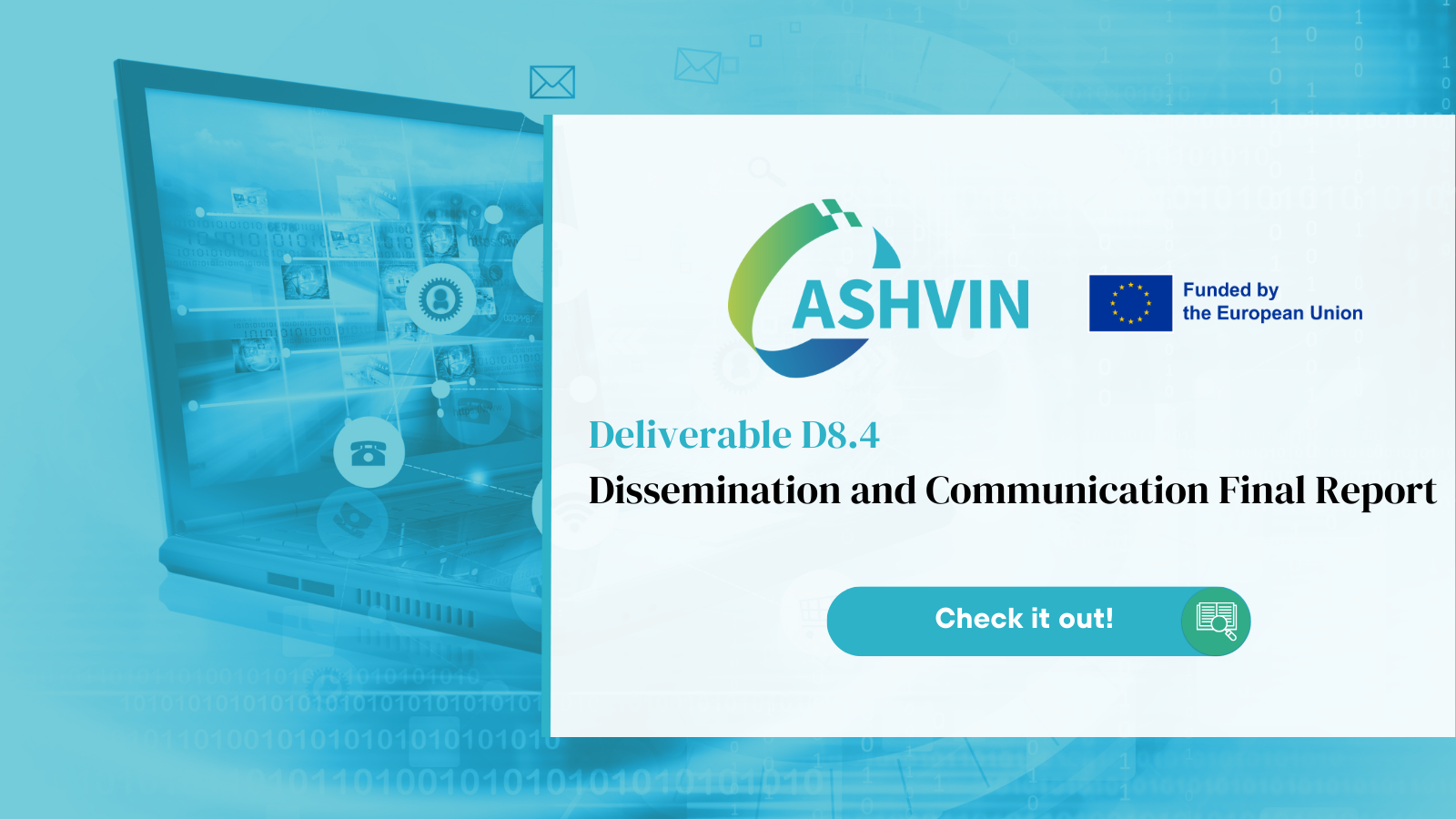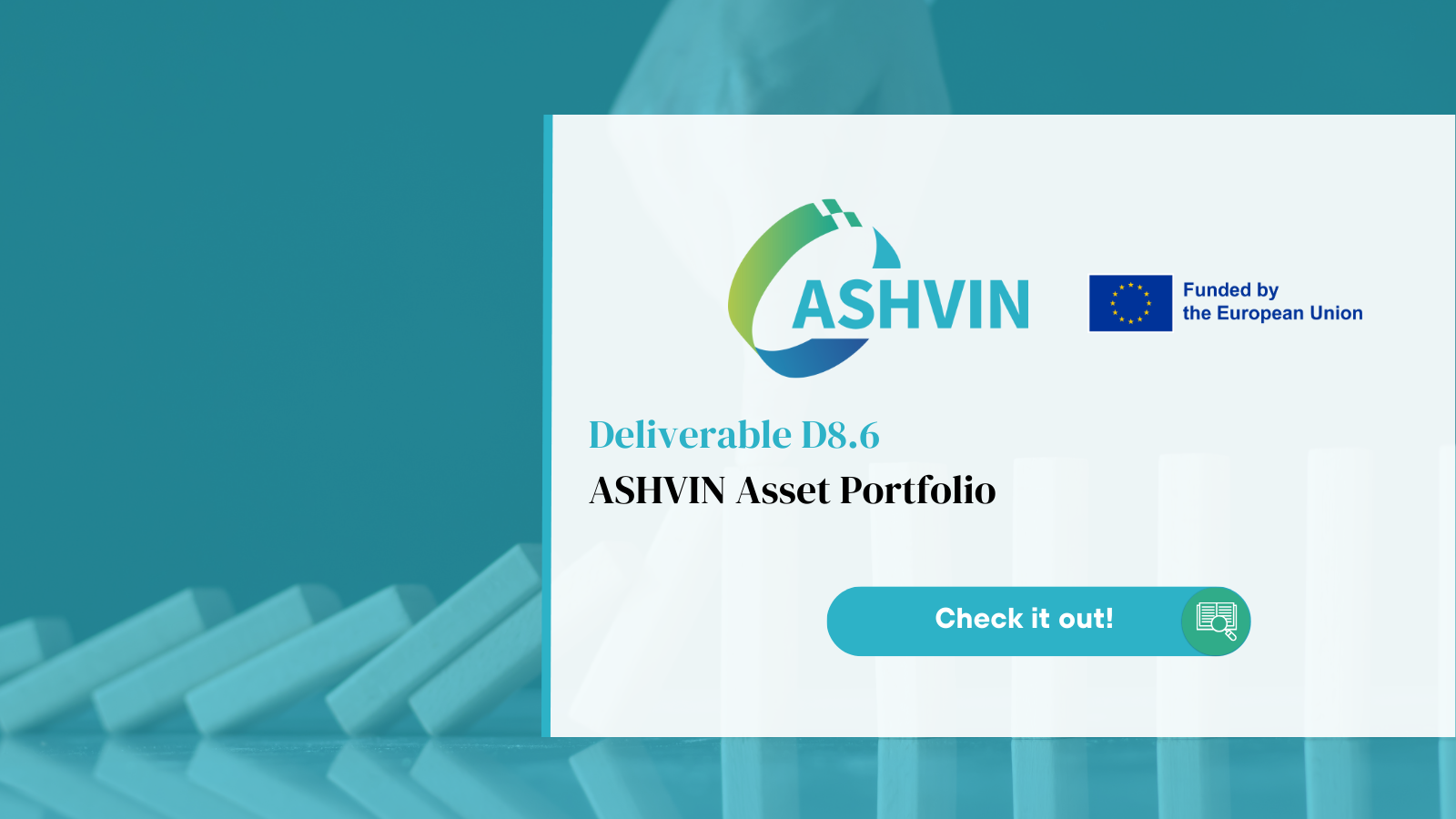ASHVIN WP4 “Control and real-time simulation of construction” develops applications for better managing and controlling construction site activities using digital twin data. Deliverable 4.4 entitled “Digital Twin supported lean project planning, control and risk management ”was published in September 2022 along with 11 other technical deliverables defining the ASHVIN system. It is related to task 4.” Lean and flexible project planning and control”.
There is a considerable opportunity to improve the planning and control of construction work. The construction industry is still struggling to adapt to the digital revolution’s concepts due to complexity, uncertainty, the fragmented supply chain, the short-term thinking, and the culture of ad hoc solutions. The main purpose of this report is to describe the business and decision-making processes to support lean project planning, control, and risk management with digital twin data.
Additionally, this document also presents and describes a process model that has been developed for the construction phase. In this task, three demo-sites have been investigated. All three projects were building construction projects hence no infrastructure projects have been researched.
The produced process model contains five different process groups: initiating, planning, implementing, controlling, and closing and is generally based on the demonstration sites within the ASHVIN project and applicable to construction sites worldwide. From each demonstration site information was gathered considering how data-collection had been conducted on each site using various digital tools and how they corresponded to the different KPI’s within the project. The methods were then analysed and evaluated how they could be implemented in a work breakdown structure (WBS) and location breakdown structure (LBS). These methods in combination with the process model allows the team to detect issues, react and adjust the schedule to make the whole process smoother. It can assist them in planning when to take in certain disciplines and when to order materials.

During this task the demonstration projects were already in the construction phase, which meant that it was mainly controlling activities that could be conducted according to the process model. It would be interesting to be able to test the process model from the beginning of a construction project, in other words from the initiating phase.
Multiple findings have been made throughout this study. The main takeaway from is how vital it is for a project to decide in an early stage the prerequisites that will be needed to control and affect the project during the construction phase. This is the reason why it is essential to make sure that the process model as well as the digital tools are applied in depth. The second point to be made is to understand that all the KPI’s mentioned in the results section can be collected using a multitude of different tools and methods.
Download the entire report in Open Access via Zenodo.
For more information, visit our Digital Toolkit Page, and connect with us through our LinkedIn or Twitter communities!





